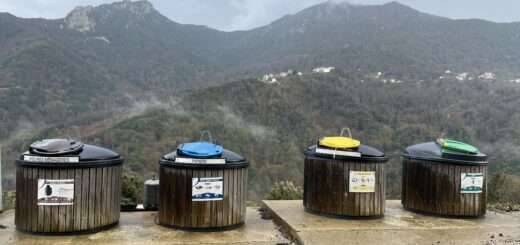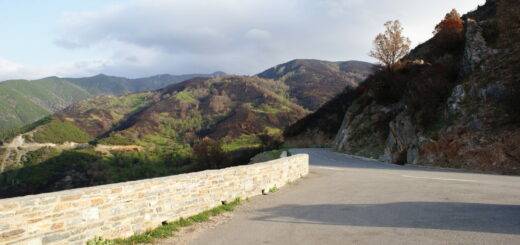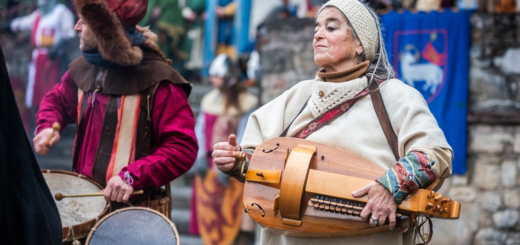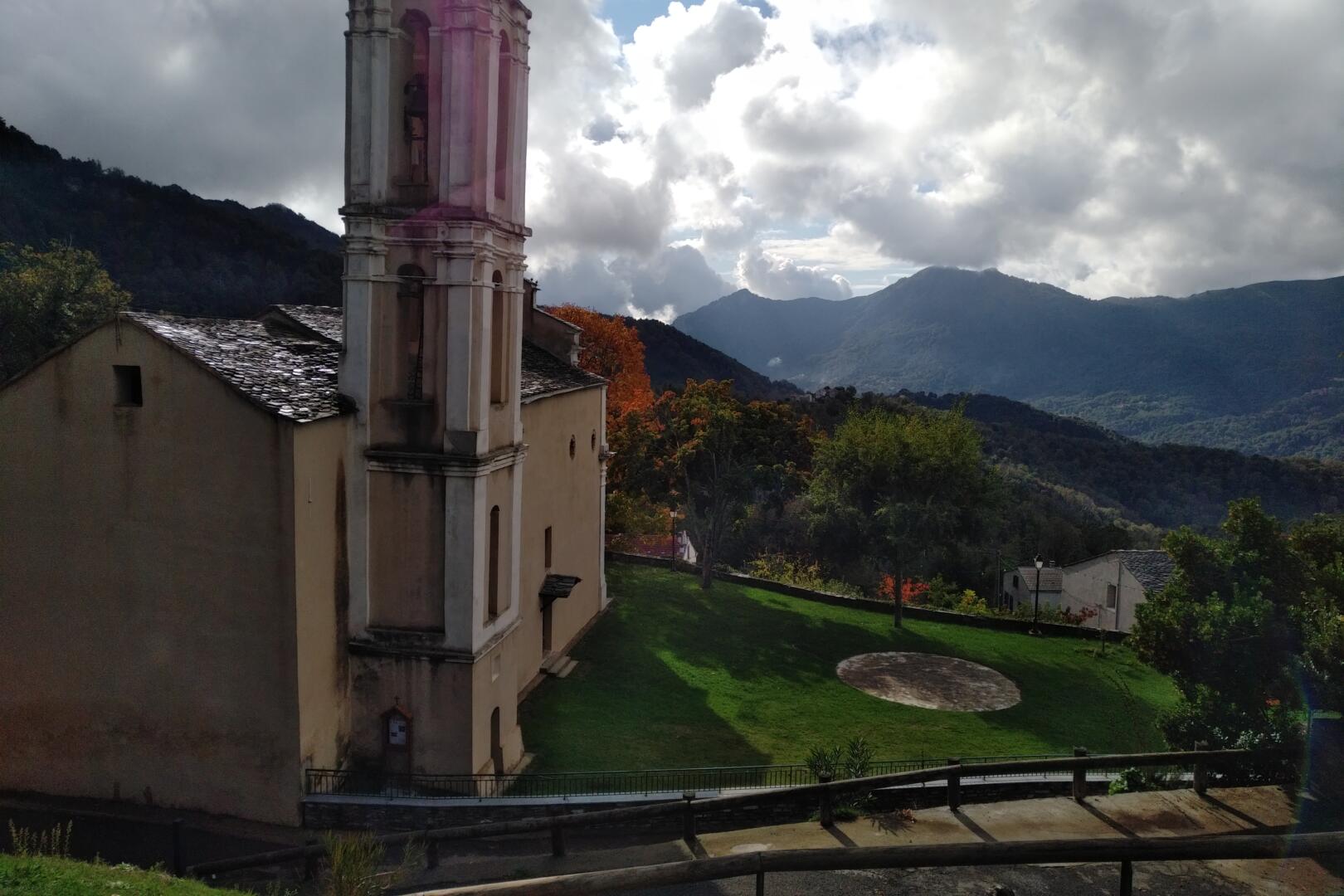Exploring Corsica by Train: A Scenic Journey Through History and Nature

The railway in Corsica represents an important part of the history of this Mediterranean island. The construction of the railway network began at the end of the 19th century and continued throughout the 20th century. Today, exploring Corsica by train is one of the most thrilling experiences one may try during his discovery of the island.
A brief history of the railway in Corsica
It all began in 1879 with the adoption of the “Freycinet Plan”, aimed at developing railways in rural regions of France. In 1883, the project to build a railway line in Corsica was approved, and the construction work began soon after. The first line, connecting Bastia to Corte, was inaugurated in 1888. This line traversed mountainous landscapes and offered spectacular views.
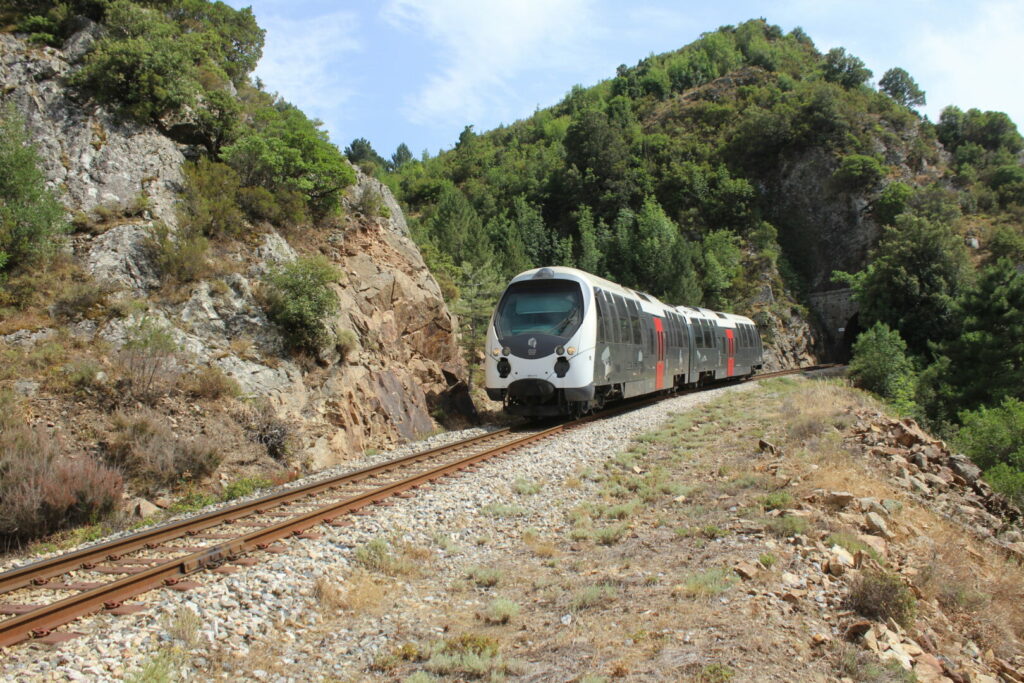
The success of the Bastia-Corte line encouraged the construction of other railway lines in Corsica. Starting in 1894 and for nearly 15 years, significant efforts allowed the network to develop. The train thus made it possible to connect Bastia and Ajaccio, as well as Ponte Leccia and Calvi. In 1935, the “Oriental line” finished connecting Casamozza to Porto-Vecchio, facilitating travel in the eastern region. However, it was abandoned soon after World War II. The line was blown up in 1943 by German troops and Corsican resistance fighters. After World War II, the Casamozza-Folelli section was put back into service but was permanently abandoned in 1953.
During the 20th century, the rise of the automobile and economic difficulties led to a gradual decline of the Corsican railway network. Some lines were closed, and the maintenance of the infrastructure was neglected. However, in the 1980s and 1990s, renovation efforts were made to modernize the network and improve services.
Corsica by train: a heritage to preserve
Today, the Corsican railway network comprises two main lines: the Bastia-Ajaccio line and the Ponte-Leccia-Calvi line. These lines are managed by the Caminu di Ferru di a Corsica (in French: Chemins de Fer de la Corse, CFC). The train, nicknamed “U Trinighellu” in Corsican, remains a picturesque and popular means of transportation for tourists. It allows travelers to discover the enchanting landscapes of the island and connect to the main towns and villages.
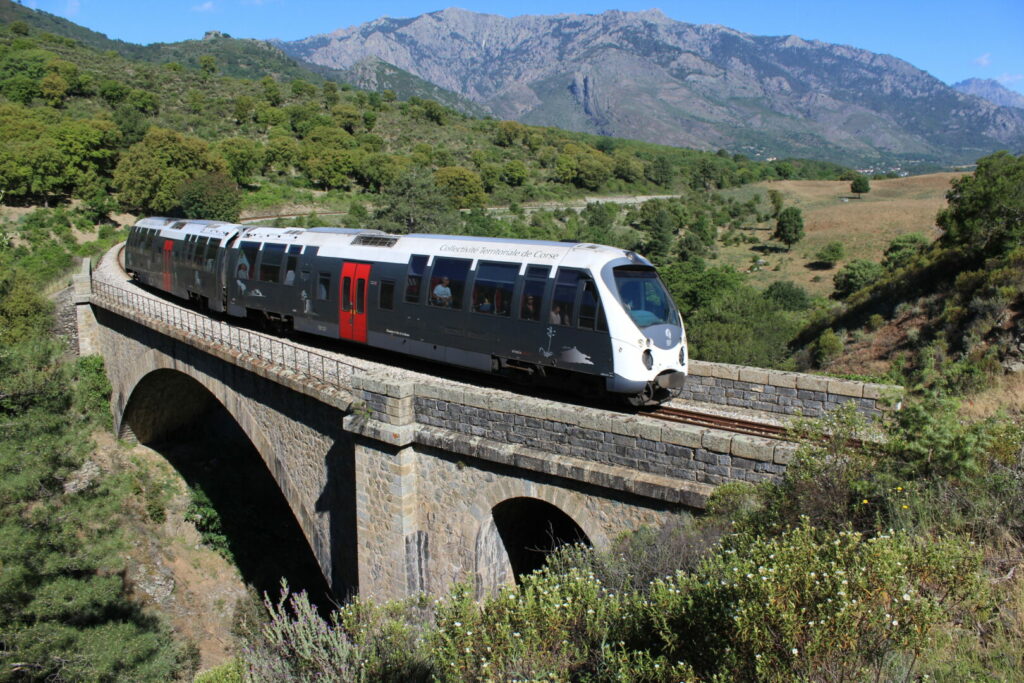
The railway in Corsica is much more than just a means of transportation. It constitutes a valuable historical and cultural heritage, reflecting the island’s evolution over time. Preservation and modernization efforts are essential to ensure the longevity of this unique railway network. Challenges, successes, and revivals mark the history of the railway in Corsica. Today, it remains an iconic element of the Corsican landscape, offering travelers an unforgettable experience through breathtaking panoramas. Furthermore, the railway is crucial in promoting sustainable transportation by reducing carbon emissions and traffic congestion. By choosing to travel by train, we contribute to preserving Corsica’s natural beauty and supporting environmentally friendly transportation options.
Map and basic information
Traveling by train in Corsica is an experience we highly recommend. All useful information regarding schedules and fares can be found on the official carrier’s website at this address. Unfortunately, the website is not available in English (only in French or partially in Corsican). We will be providing a comprehensive guide soon, but in the meantime, here are some useful pieces of information.
Here is a map of the network (source: cf-corse.corsica) alongside some indication regarding fares.
- A one-way trip from Bastia to Ajaccio (full fare) costs €15.60, while a trip from Ponte Leccia to Calvi under the same conditions costs €10.
- Reduced fares apply for children: free for those under 4 years old, -50% for children aged 4 to 12.
- The Pass Liberta gives access to the entire network for 7 days, at a rate of €50.
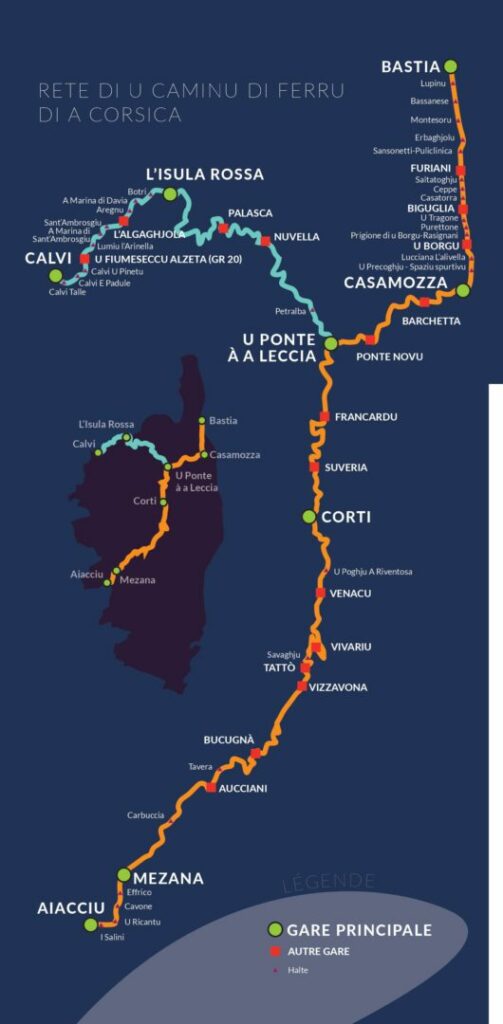
–
The images in this article are from the official website of the Chemins de Fer de la Corse
